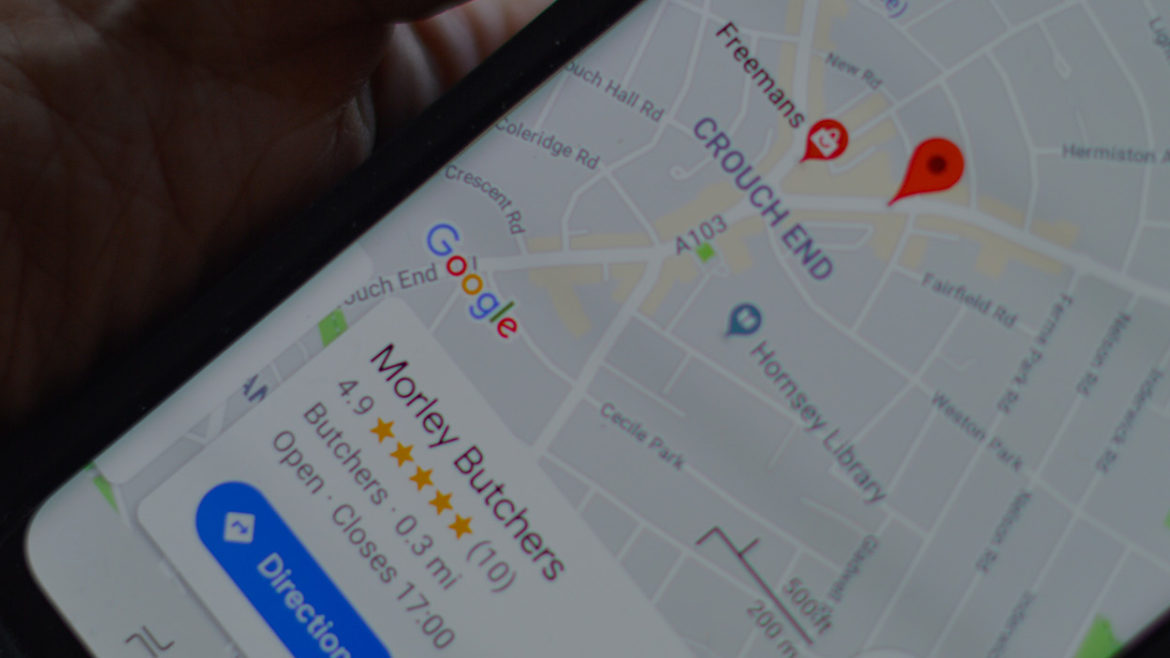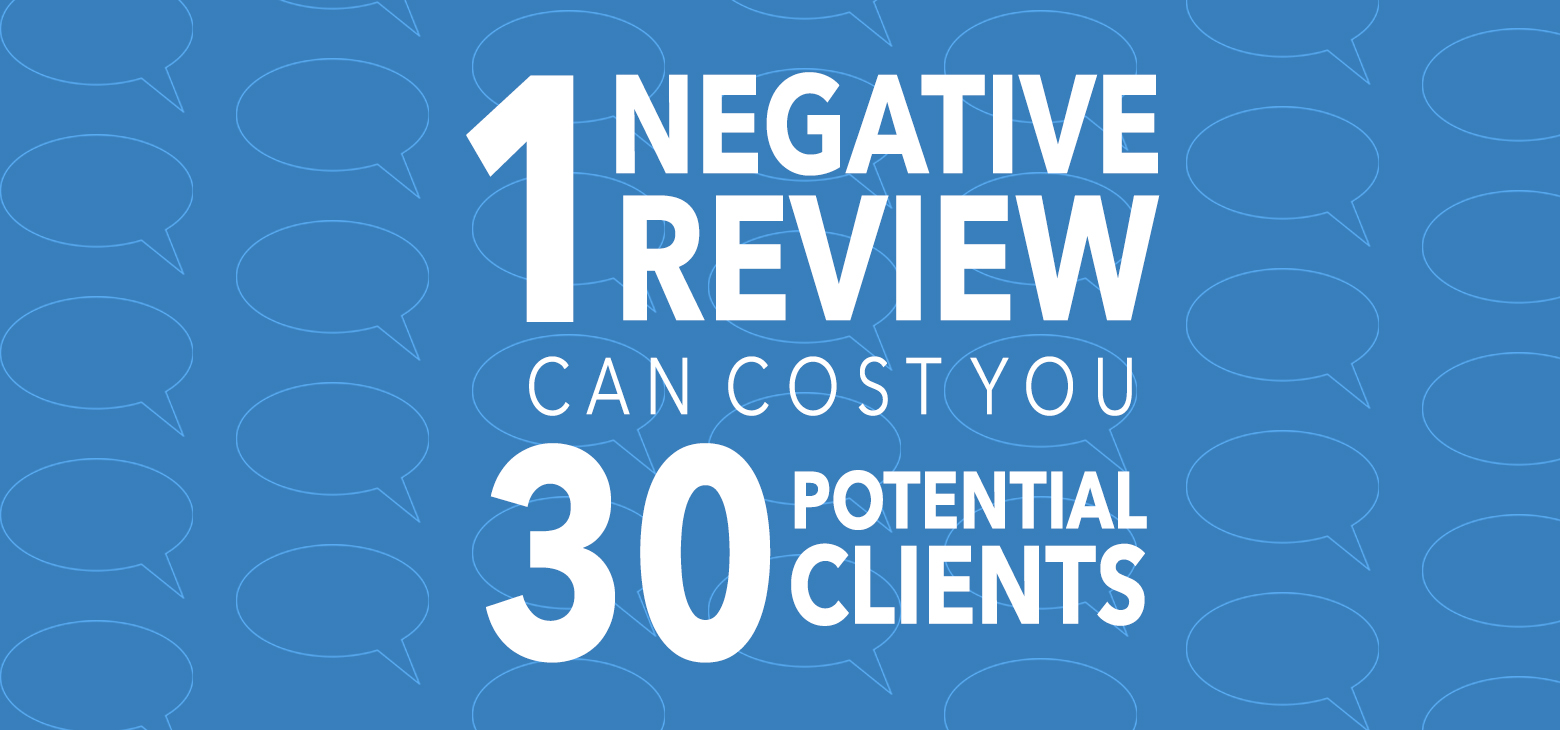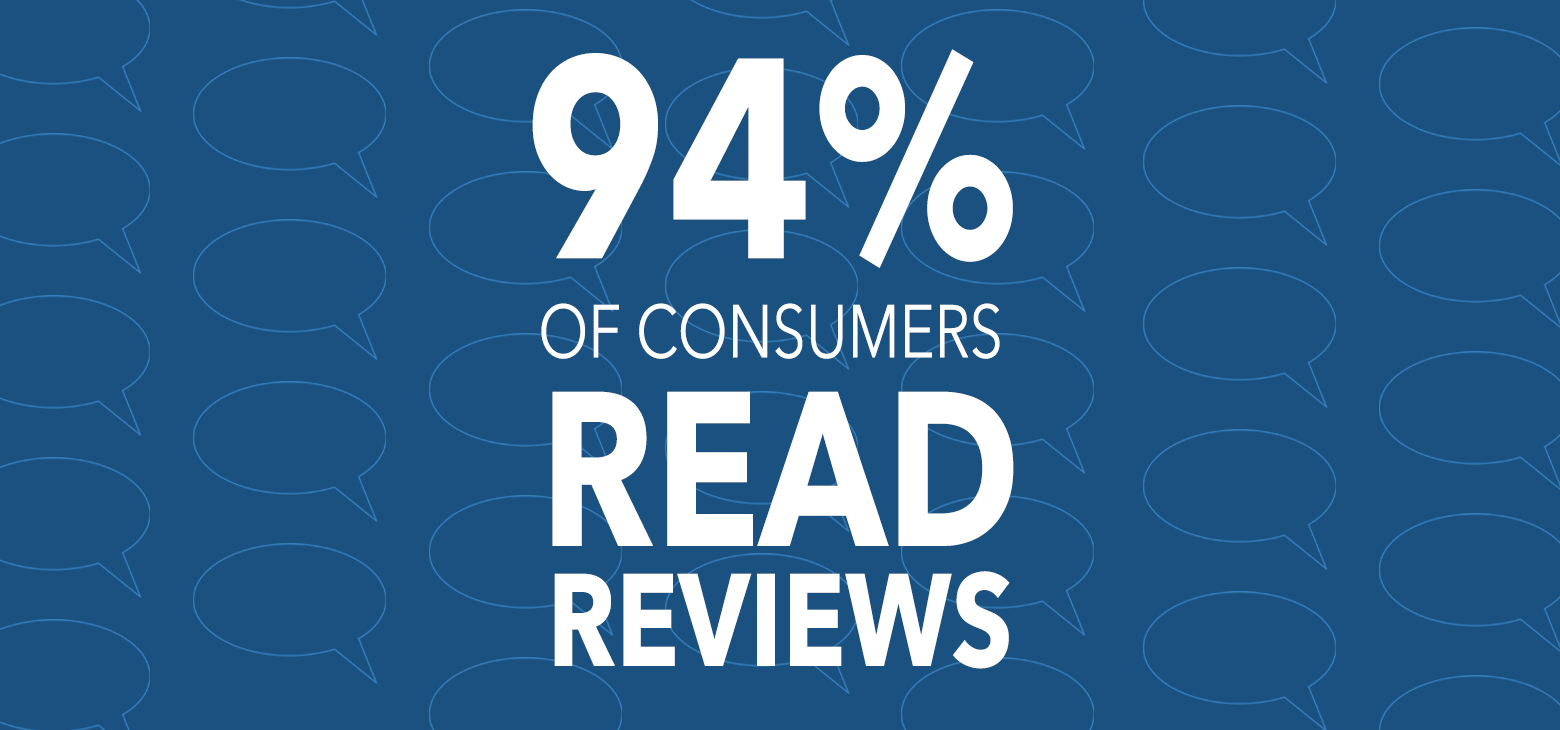You’ve worked hard to build your firm’s reputation in the architecture industry. But now, you may want to enter a new market—or simply grow your business. As competition increases, you may be finding it harder to rise above the noise.
Whether your key challenge is attracting the right types of clients, closing sales, growing a new line of business, entering a new market, or moving into a niche, strategically marketing your architecture firm can help get you to where you need to be. But, like with the spaces you design, there is no one-size-fits-all approach. Let’s explore a few areas of opportunity where you can get more from your marketing.

Branding vs. Marketing
If marketing is the what and how, branding is the why—why you exist, why clients should believe in you, why first impressions lead to RFIs and RFPs. Brand is more than a name or logo; it’s the firm’s values, philosophy, positioning, and promise–the foundation upon which effective marketing is built.
For architectural firms, a clearly defined brand that accurately reflects the people and purpose behind the work can fuel marketing communications and attract more of the right kind of client partners. Brand perception may feel abstract, but the results are quite real.
A recent BCG + Google study revealed that “companies with strong brands show a
74% higher return on their marketing investment,and hold a 46% larger market share,
than weaker brands.”
The case for strong branding is clear—it helps connect with your clients emotionally, can create clarity for your internal team, and, most importantly, gets you recognized by potential customers.

Be Where The Search Begins
More than 60 percent of all B2B relationships begin with an online search. Do you know where your firm ranks in Google’s search results? Pull up an incognito tab in Google and search “architecture firm” and “your city.” If you aren’t on the first page, there’s marketing work to be done, and that work begins with the right SEO (search engine optimization) strategy. A marketing partner can create a customized plan that considers all of the factors that influence SEO ranking including content, links, domain authority, and more. Improving your ranking for searches related to your firm’s services can help drive high-quality leads at certain points in the decision-making cycle.
Important Note: Marketing is not a one-time thing you do–it’s a long game. It doesn’t happen overnight or with the click of a mouse. It takes sustained effort to see results. For sustainable growth to occur for your architecture firm, you have to keep your marketing engine running. But the good news is that you don’t have to waste time on tactics that won’t be effective.

Build an Audience
So where can you build your audience? The better question is: Where should you build you audience? The answer to that will depend on your brand positioning, target audience, and many other factors. Maybe Architectok needs another star. Then again, LinkedIn tends to work best to engage B2B audiences. Choosing the right social media platforms to engage your unique audience and drive them to your website is essential.
You may be wondering if your firm needs a social media presence. Regardless of how you feel about using it in your personal life, when you look at it through a business lens, it’s valuable, as 40% of B2B buyers use social media to help inform their purchasing decisions, according to a recent Gartner Digital Markets Insights.
While your business won’t be a fit for every social platform out there, the visual nature of your business makes social an ideal place to give your audience the first look at a new design and to show off your completed projects. Building your audience, learning what resonates with them, and doing more of it is how to nurture your audience and move them closer to contract.

Educate Your Prospects
If your architecture firm is like most, at any one moment in time, about 90% of your prospects are in the information-gathering stage. We know that, from years of marketing research, this is the most critical time to engage your prospect—and not with a hard sell.
Most architects don’t long to be salespeople in addition, but one thing we find that many architects love—and are usually really great at—is educating. Audiences love to hear architects discuss their philosophy, their process and share details about the projects they have brought to life. Digital marketing can bring these personal stories to the masses and promote your firm simultaneously. For architects resistant to appearing on social media, it may require a simple mindshift from thinking of marketing as selling to thinking of it as educating. This shift has made the difference for many architects who struggle with the “s” word (selling). Marketing is educating! Say it with us!
Now that you have your educator’s hat on, think about the questions that your prospects have while gathering information online. What can you teach them—that they want to know—that could make your firm stand out? That information can form the basis of your firm’s new content (articles, videos, social media posts, blogs, etc.). If done correctly, all of that educating will drive new traffic to your website, increase your rank in search results and land you more of the right kind of inquiries.
Just by sharing the information prospective clients want to know (and some things they haven’t thought of yet), you will have gotten them to your website, where the right conten

Wow Them with Your Website
Your website should accurately reflect your brand and your work and encourage prospective clients to reach out for a conversation. It’s important to note that the nature of your business carries higher expectations for the website experience. Much like successful architectural design, the website should strike the right balance of form and function, and the quality should align with the quality of the work you produce for your clients. It’s an opportunity to translate your firm’s brand values to digital.
In this industry, proof points are important. Your website is the ideal place to showcase large, quality images of your work, speak to process and approach, as well as highlight the talent behind the output. An experienced marketing agency will ensure your website not only reflects your brand, but is also user friendly, visually appealing, and informational.
Choose The Right Partner
In the end, marketing is just like any other aspect of your business: it takes time, effort, and resources to succeed. That said, the rewards of successful online marketing can be great. The right marketing agency can help you boost your brand, grow your business, and generate leads to change the trajectory of your architecture business.
Whether your marketing team needs support or you are the marketing team, a highly skilled, knowledgeable marketing partner can tailor a custom strategy to your firm that aligns with your business goals.
Let’s discuss how we can create a tailored marketing strategy together. Contact us.















